I love incorporating great read alouds into my science lessons about plants. There are so many great options to choose from! Here are my top 14 plant life cycle books for kids.

Plant Books for Kids
The following book links are Amazon affiliate links. As an Amazon affiliate I earn a which a small commission from qualifying purchases.
Plant Life Cycles
by Julie Lundgren
If you’re teaching about plant life cycles AND informational text features, you’ll definitely find this book super useful! Its simplicity and clarity makes it great for Kindergarten through 2nd grade, and it offers helpful text features like bold words, photographs, diagrams, a glossary, and a table of contents.
From Seed to Plant
by Gail Gibbons
This book is one of the teacher-favorite plant books for kids for a reason! From Seed to Plant is an excellent option for teaching students about all parts of the plant life cycle, from seed formation to pollination to germination. With the rich vocabulary and child-friendly illustrations, this book is truly a wealth of knowledge. It even includes instructions for a seed-growing project that you can try with your students!
Seed to Plant: National Geographic Reader
by Kristin Baird Rattini
National Geographic science readers rarely disappoint, and this one is no exception. It explores the process of plant growth using real photographs to help students visualize each step. I love how the fun writing style and interesting caption boxes keep my young readers captivated!
Investigating Plant Life Cycles
by L.J. Amstutz
Students will be fascinated when they discover that the four main plant groups have four different life cycles in this text! Investigating Plant Life Cycles explores the unique aspects of the life cycles of flowering plants, cone-bearing plants, ferns, and mosses. It’s a great option if you’re looking for plants books for kids that cover all different types of plants.
From Bird Poop to Wind
by Ellen Lawrence
I’m sure you can imagine how much students love this book just from reading the title!! This text does a great job of describing the different ways that seeds travel, and it uses just a bit of storytelling along the way. I love the thought-provoking questions on each page to help students make predictions and offer opinions about the content they are reading. From Bird Poop to Wind will help your students get a better understanding of seed dispersal (if you can get them to stop giggling after you say “poop”!).
How and Why Seeds Travel
by Elaine Pascoe
Seeds can’t spread on their own, so how do they get around? This book uncovers some ways seeds are dispersed so that they can find a good place to grow. It gives some detailed and specific examples that will help students better understand this aspect of plant and animal interdependence.
What is Pollination?
by Bobbie Kalman
Learn the ins and outs of pollination and pollinators in this colorful and informative plants book for kids. Students will get a new perspective on the significance of insect pollinators in the growth and survival of plants. With so much detailed information, you might learn something new while you read, too!
Animal Pollinators
by Jennifer Boothroyd
Insects aren’t the only pollinators–learn about some of the other animals who pollinate in this easy-to-read text! Animal Pollinators includes all of the important pollination vocabulary words, but presents the information in a clear and simple way to make it easier to understand and digest for young readers.
Photosynthesis: Changing Sunlight Into Food
by Bobbie Kalman
When my students learn that plants MAKE their own food, they are always curious to know more! This book starts by introducing a little history of plant life on Earth, then goes into what plants are and how photosynthesis works. It is very detailed to give students an in-depth description of the process of plant photosynthesis.
Plants Make Their Own Food
by Julie Lundgren
This is another one of the plant books for kids that is helpful for students to enjoy when learning about photosynthesis. Concepts are presented simply and clearly in this book all about how plants make their own food.
Hungry Plants
by Mary Batten
Some plants don’t only rely on the sun to get food. Some plants are carnivorous! Step Into Reading Science Readers are awesome for young students, and learning about carnivorous plants is always a popular topic in my classroom! Students will have loads of fun getting a close-up view of various bug-eating plants.
Because of An Acorn
by Lola M. Shaefer
Everything in our world is connected. This plant book for kids shows how just one seed can affect an entire ecosystem! I love this unique story and how the author beautifully and simply tells it. The wonderful illustrations solidify this book as a perfect read aloud about the importance of plants.
Plants! Time for Kids
by the Editors of Time for Kids
You can always count on Time for Kids books to cover important information and to present excellent photographs! This text will give students a look at the world’s plants and how they grow. It would be a great introduction to any Plants science unit!
Life Cycle of a Flower
by Bobbie Kalman
Students will learn about the specifics of a flower’s life cycle in this informative book. The text goes into great detail about what a flower is and what a flower does, and it includes a mix of both photographs and illustrations that will keep readers interested.
I hope this list of plant books for kids helps you choose some excellent read alouds and readers to use during your lessons about plants!
Make sure to pin this post to refer back to later!
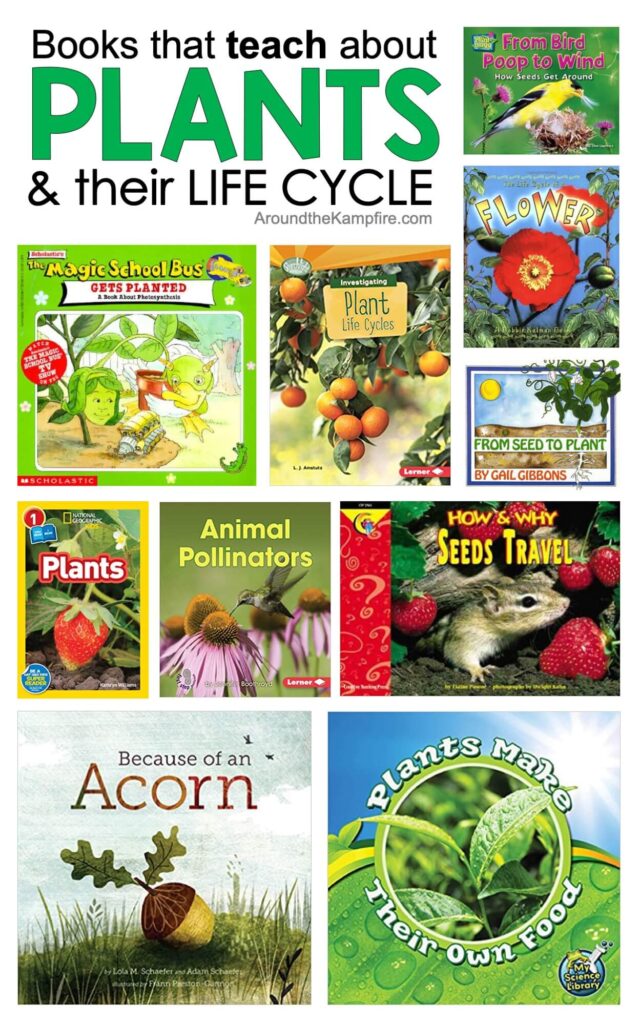
For more fun plants activities, check out these posts and teaching ideas:
Plant Life Cycle Activities That Get Kids Writing
Easy Seed Science Experiments & Parts of a Seed Activities
Seed Dispersal: Build an Exploding Seed Pod!
Plant Needs Experiment: Can Plants Grow in the Dark?

Breathing Leaves Photosynthesis Experiment for Kids
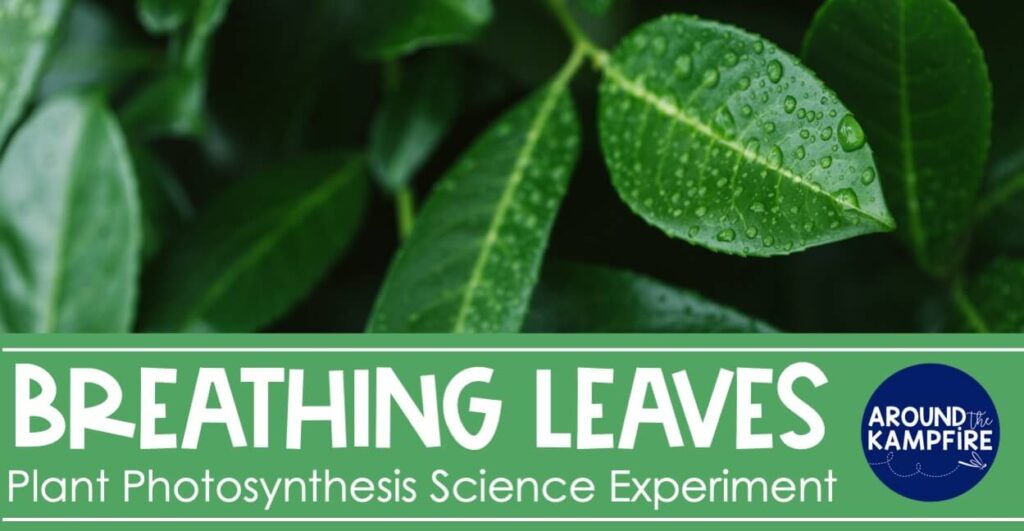
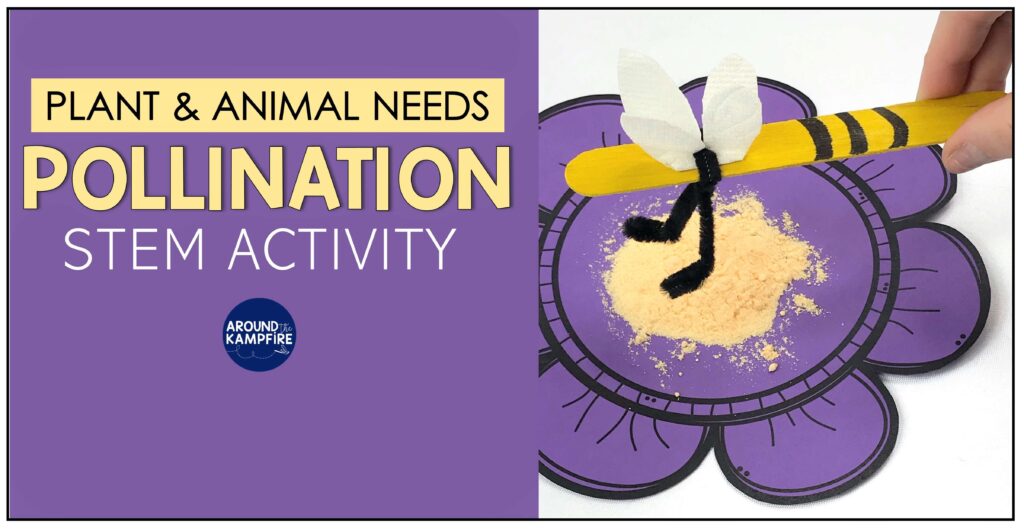



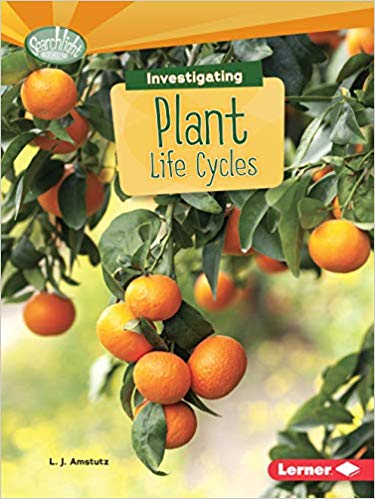










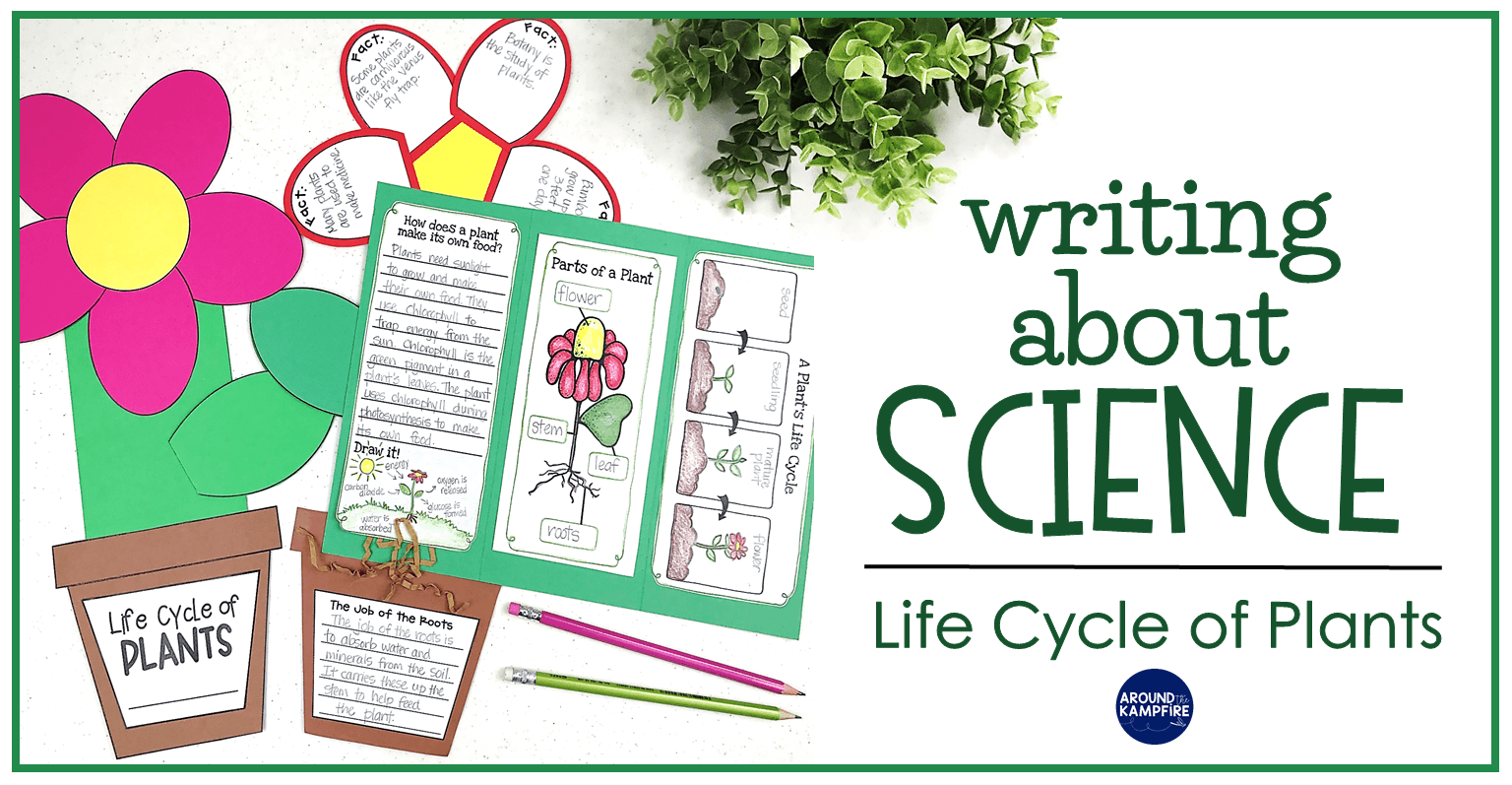
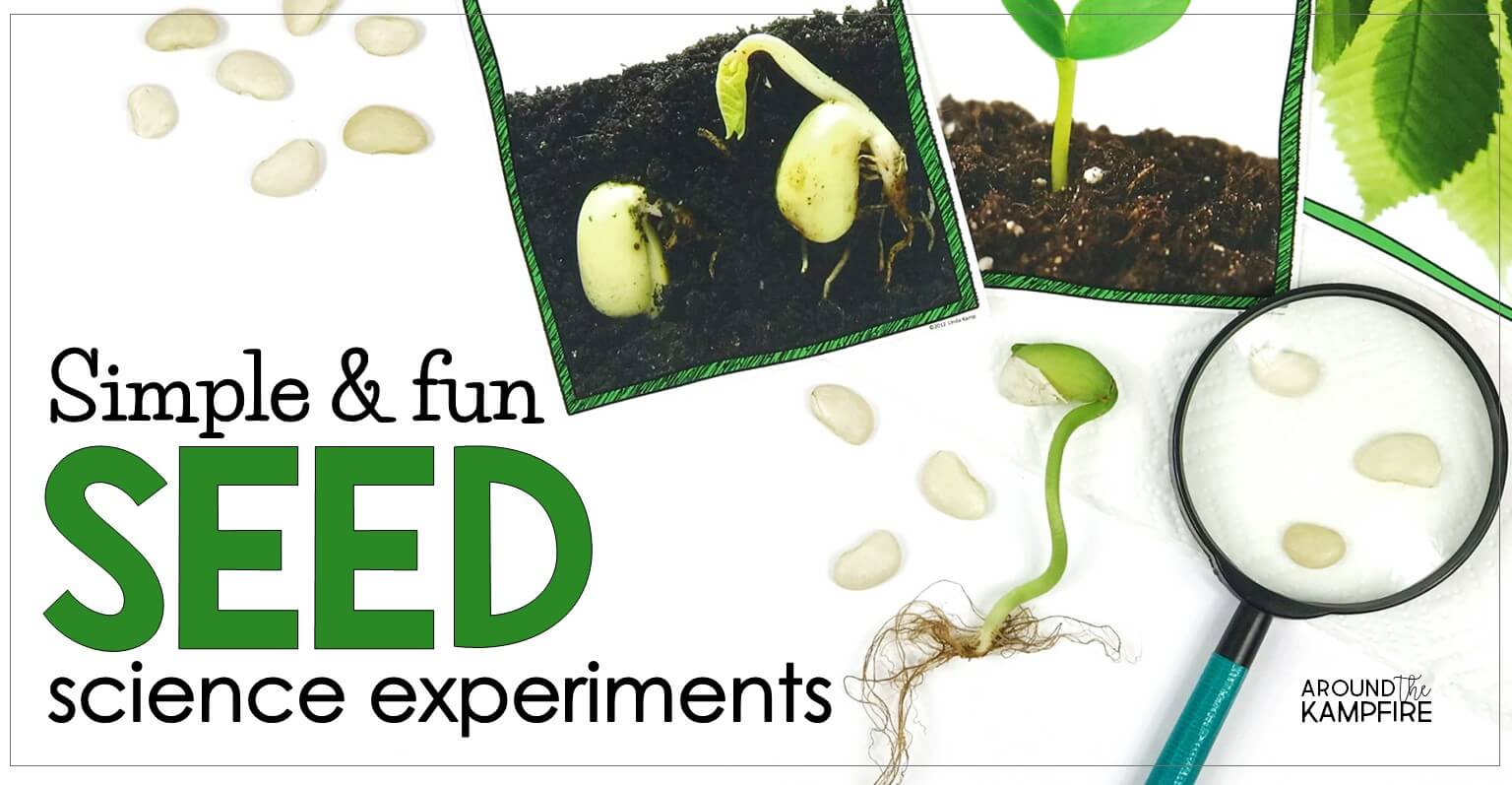

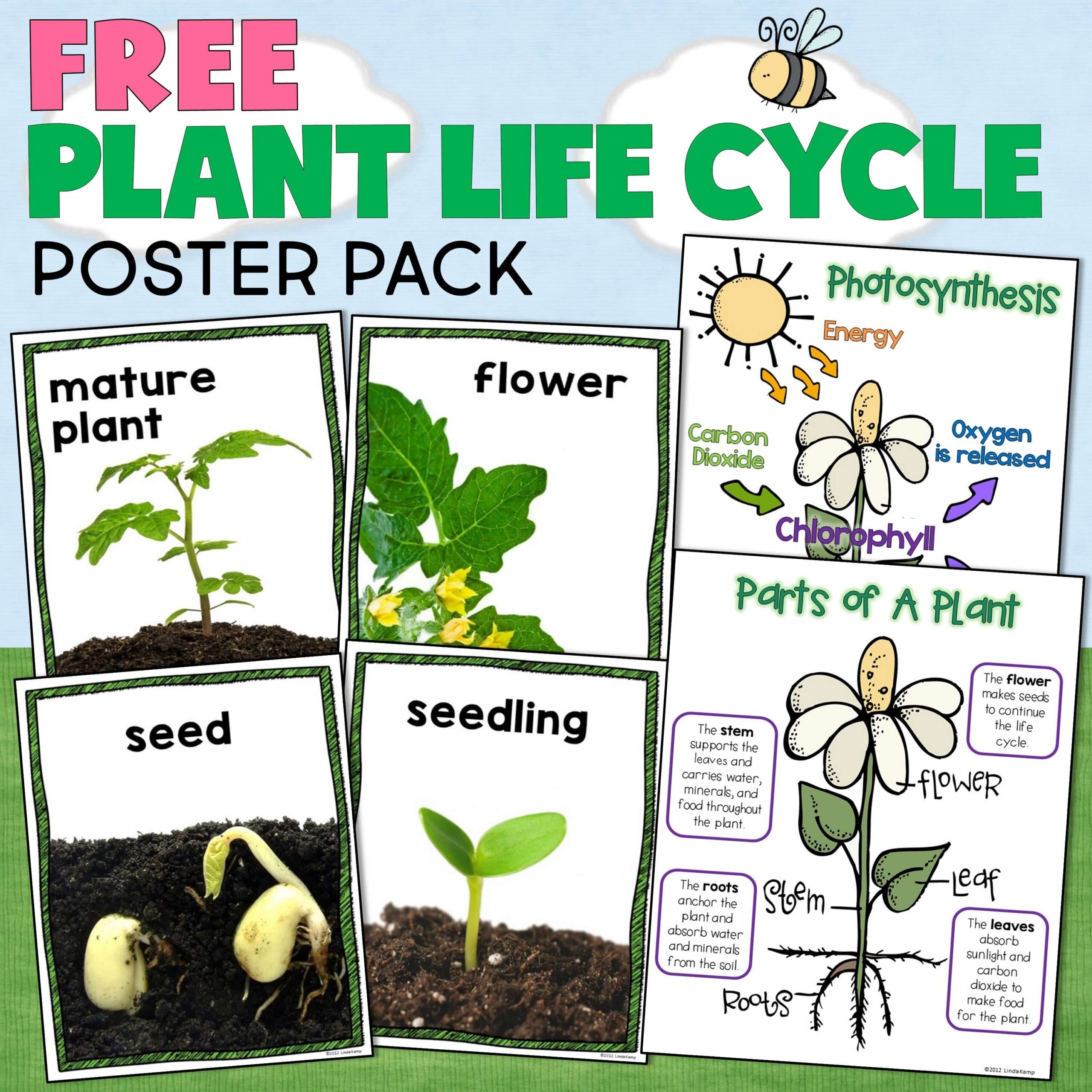




Leave a Comment